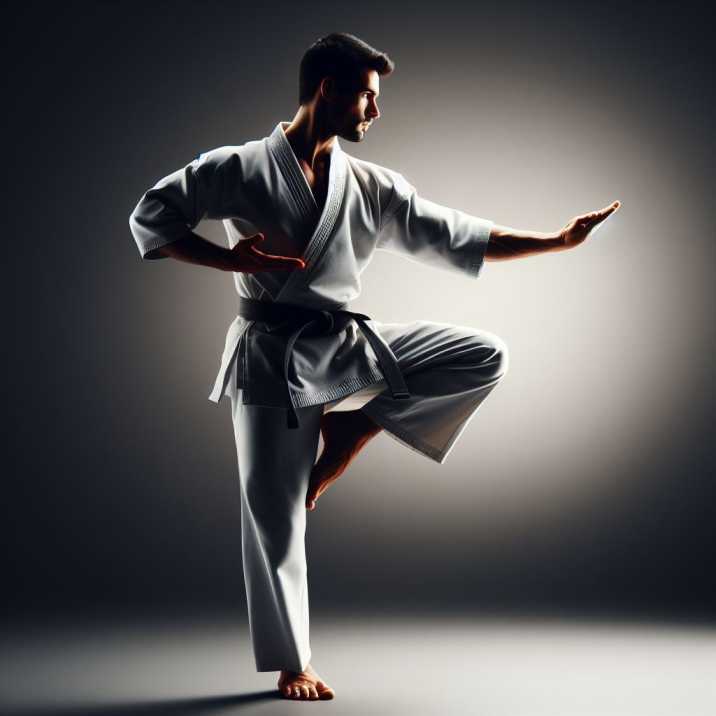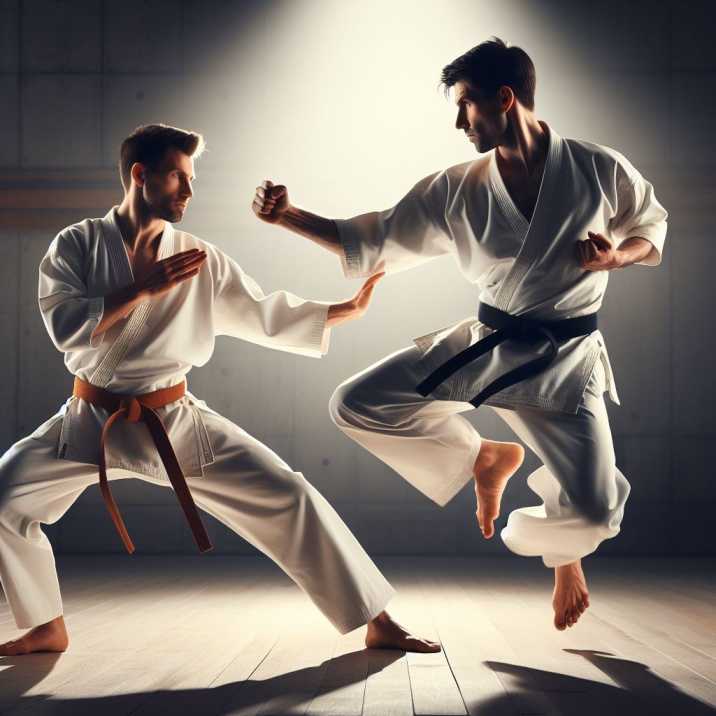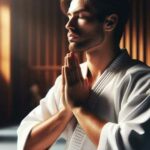Introduction:
Table of Contents
Karate, a martial art originating from the Ryukyu Kingdom, has captivated practitioners and enthusiasts alike for centuries. With its intricate techniques and disciplined approach, it has become a symbol of strength, agility, and self-defense. Yet, a fundamental question often arises: Is Karate primarily an offensive or defensive martial art? In this article, we embark on a journey to unravel the essence of Karate, exploring its core principles to shed light on this intriguing debate.
Understanding the Essence of Karate:
Karate, which translates to “empty hand,” encompasses a diverse range of techniques, including punches, kicks, strikes, and blocks. At its core, Karate emphasizes discipline, focus, and respect. Practitioners train not only to defend themselves but also to cultivate inner strength and harmony.
Is Karate Primarily an Offensive or Defensive Martial Art?
Exploring Offensive Techniques in Karate:
Offensive techniques in Karate are designed to disable or incapacitate opponents swiftly and decisively. Strikes such as the “jab,” “cross,” and “roundhouse kick” are executed with precision and speed, aiming to exploit weaknesses in the opponent’s defense. These techniques are honed through rigorous training, focusing on power generation and accuracy.

Unveiling Defensive Strategies in Karate:
On the other hand, Karate places significant emphasis on defensive strategies to neutralize threats and protect oneself from harm. Blocks such as the “high block,” “low block,” and “inside block” are integral components of Karate’s defensive arsenal. Through repetition and refinement, practitioners develop keen reflexes and spatial awareness to anticipate and counter incoming attacks effectively.

The Balanced Approach of Karate:
While Karate encompasses both offensive and defensive techniques, its essence lies in achieving a harmonious balance between the two. Kihon, the fundamental practice of Karate, instills discipline and precision in executing techniques. Moreover, kumite (sparring) enables practitioners to apply their skills in dynamic, real-life scenarios, fostering adaptability and strategic thinking.
Key Information about Karate:
| Aspect | Description |
|---|---|
| Origin | Ryukyu Kingdom (present-day Okinawa, Japan) |
| Meaning of “Karate” | “Empty hand” |
| Focus | Self-defense, physical fitness, mental discipline |
| Techniques | Punches, kicks, strikes, blocks, kata (forms), kumite (sparring) |
| Belts (Ranking System) | White, yellow, orange, green, blue, purple, brown, black |
| Karate Uniform (Gi) | Traditional attire worn during training and competitions |
| Principles | Discipline, respect, perseverance, humility, self-control |
| Styles | Shotokan, Shito-ryu, Goju-ryu, Wado-ryu, Kyokushin, and others |
| Training Methods | Kihon (fundamentals), Kata (forms), Kumite (sparring), Bunkai (application of techniques) |
| Philosophy | Bushido (Way of the Warrior), emphasizing moral values and ethical behavior |
| Benefits | Physical fitness, stress relief, self-confidence, self-discipline, improved focus and concentration |
This table encapsulates essential information about Karate, including its origins, key principles, training methods, and benefits.
Conclusion:
In essence, Is Karate primarily an offensive or defensive martial art? Embodying a holistic philosophy of self-improvement and personal growth. Whether executing a powerful strike or deflecting an opponent’s attack, practitioners strive to embody the principles of discipline, respect, and resilience. Thus, the question of whether Karate is primarily offensive or defensive becomes moot, as its true essence lies in the synthesis of these elements to forge a balanced and harmonious path.
FAQs:
- Is Karate only about fighting? No, Karate encompasses physical, mental, and spiritual aspects, promoting self-discipline and personal development.
- Can anyone learn Karate? Yes, Karate is suitable for individuals of all ages and fitness levels, emphasizing gradual progress and individual growth.
- What equipment is needed for Karate training? Basic Karate training typically requires a Karate uniform (gi) and a belt (obi) to denote rank.
- Is Karate effective for self-defense? Yes, Karate equips practitioners with practical self-defense techniques and enhances situational awareness.
- How long does it take to become proficient in Karate? The journey to proficiency in Karate varies for each individual, depending on factors such as dedication, consistency, and natural ability.


